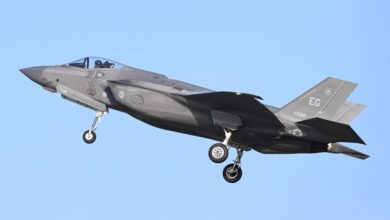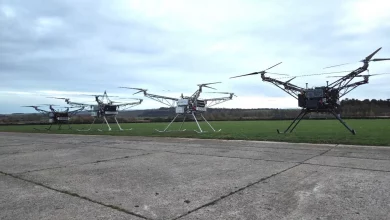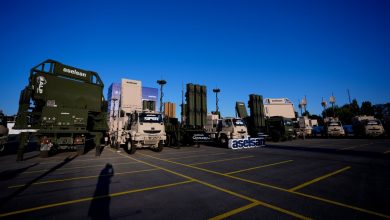Russia unveils new kamikaze drone for tactical strikes

As Russia continues to expand its family of loitering munitions, defense firm Roboavia has introduced a new one-way attack drone known as KLIN.
Smaller than the Shahed series and designed for short-range missions, the KLIN is engineered for specific tactical-level tasks and resembles existing systems such as the Lancet and KUB in both role and appearance.
The drone was unveiled with a technical placard listing its core specifications and mission profile. According to the company, the KLIN features autonomous targeting, artificial intelligence, and can operate without satellite navigation. The platform is launched via a compact catapult and reaches speeds of 108 to 300 km/h, depending on the flight phase.
Roboavia says the system is optimized for operations at the tactical edge. With a maximum flight time of up to 80 minutes, communication range of 120 kilometers, and maximum altitude of 2,000 meters, KLIN is intended to loiter over the battlefield, locate a target, and perform a terminal dive attack with a 5 kg warhead. The drone’s takeoff weight is listed at 13.5 kilograms, with a 1920 mm wingspan and 1600 mm length.
The manufacturer highlights that the drone can be remotely activated and requires no GNSS connection to function, enabling operations in environments where GPS signals may be degraded or jammed. The drone’s approach angles — from +10° to −70° — allow it to descend sharply on its target, increasing strike accuracy and reducing time to impact once a threat is identified.

The company states that the system was developed to support fast, localized strikes in frontline conditions. While lacking the range or payload of heavier systems, KLIN’s strength lies in its mobility, launch simplicity, and ability to operate autonomously in contested areas. According to the displayed information, the drone is capable of “automatic target attack” and “remote initiation,” confirming its suitability for high-tempo tactical use.
KLIN’s introduction reflects a broader trend in Russia’s drone development strategy — a shift toward compact, affordable kamikaze drones that can be deployed in large numbers to overwhelm enemy positions, disrupt logistics, or strike soft-skinned vehicles.





